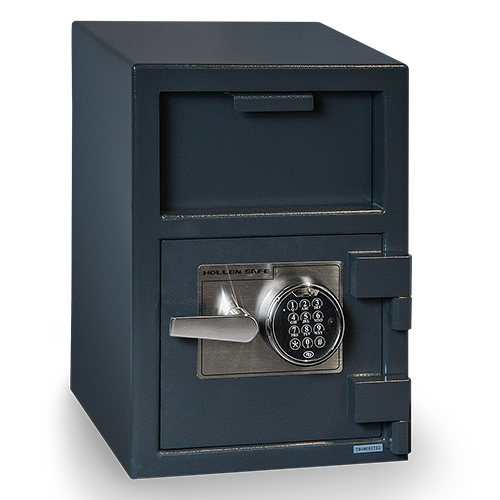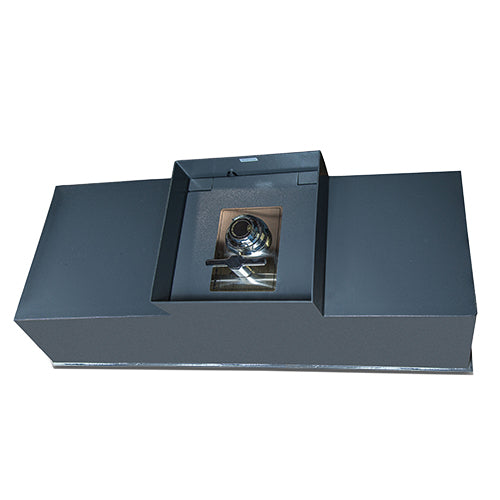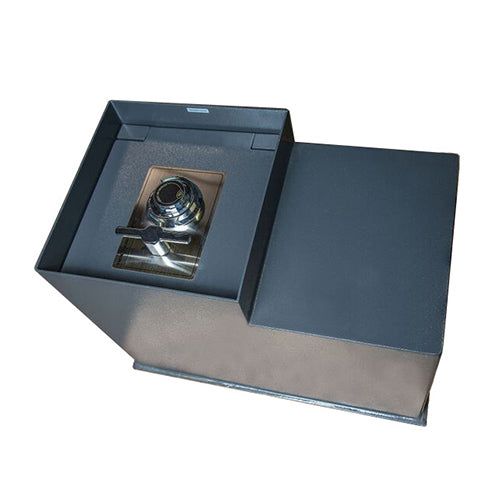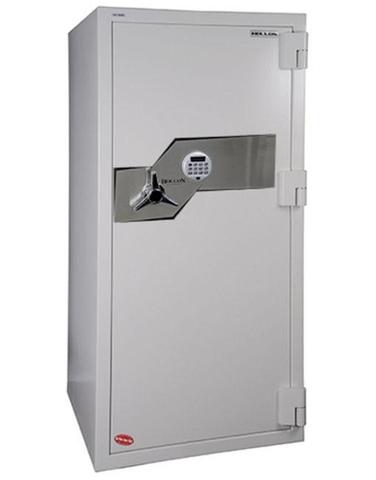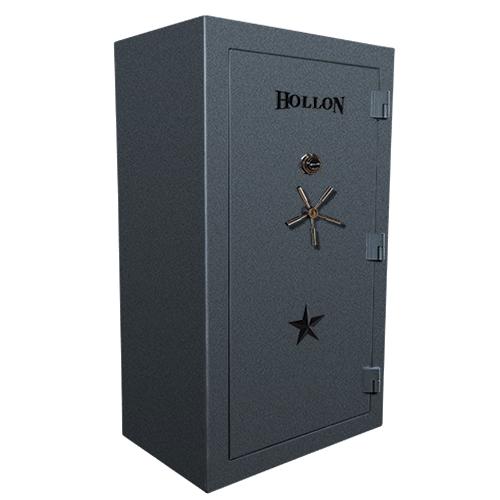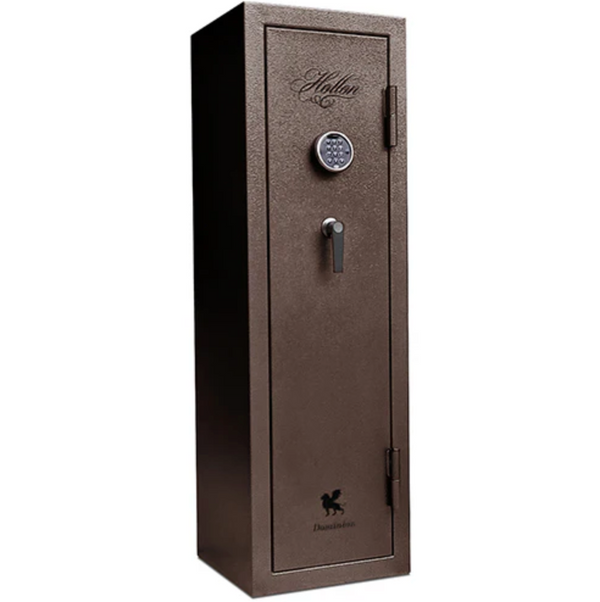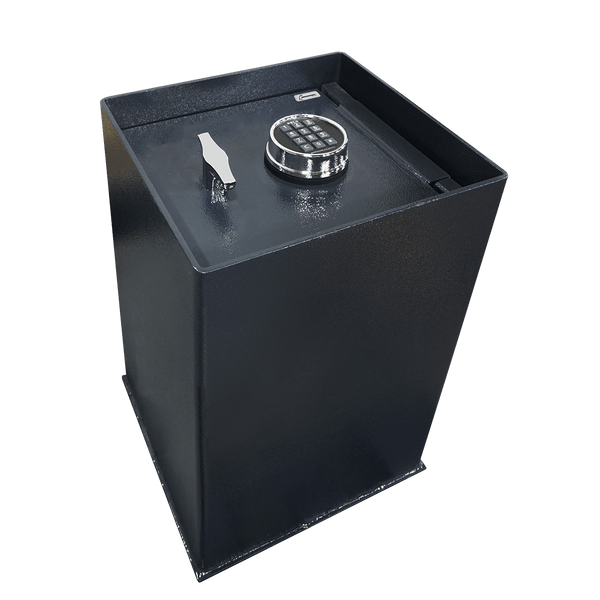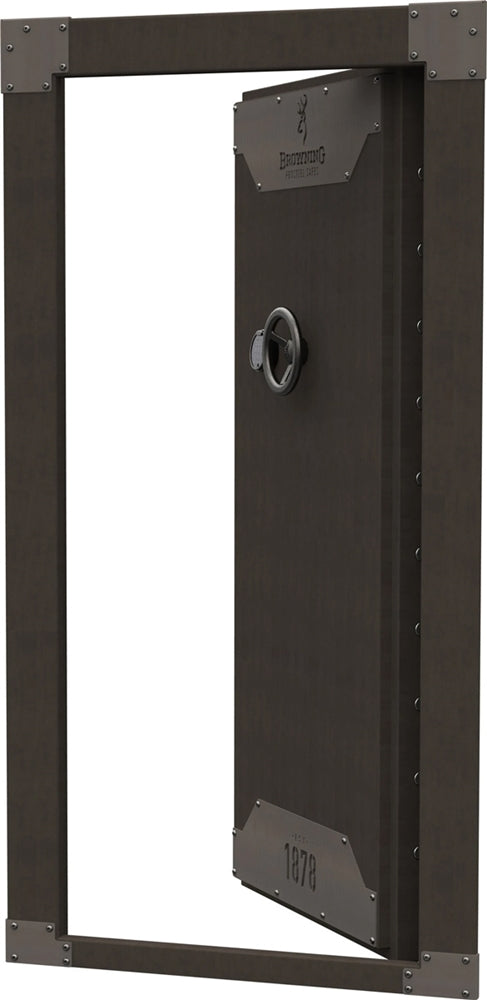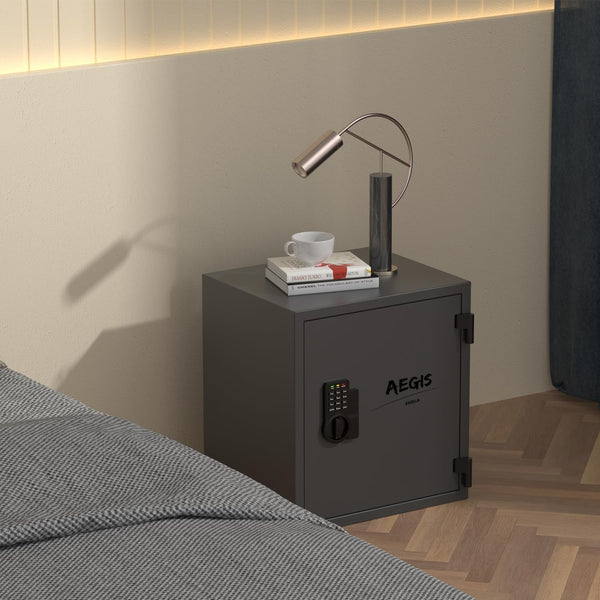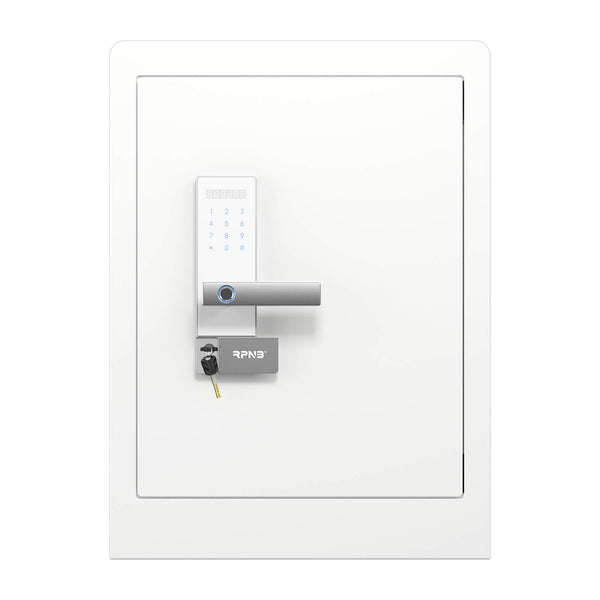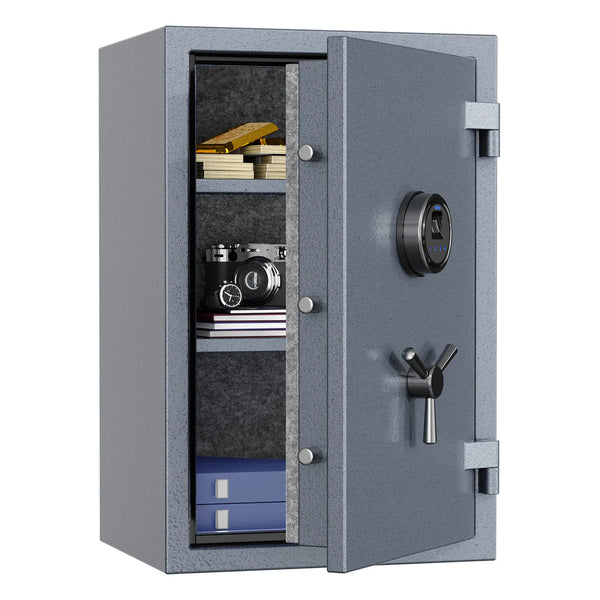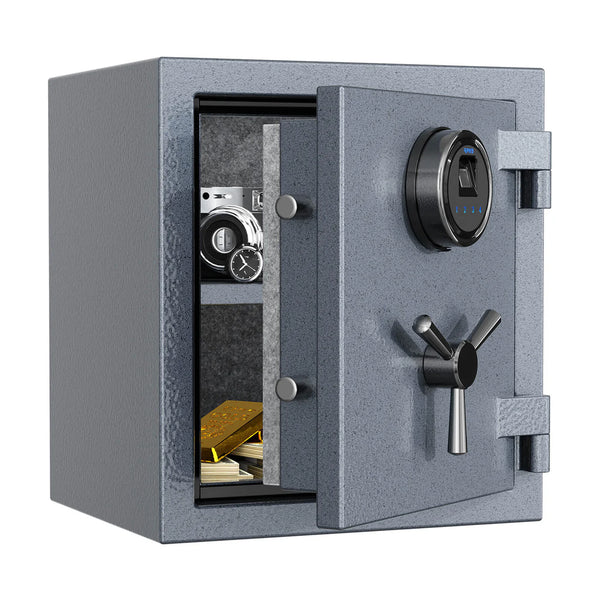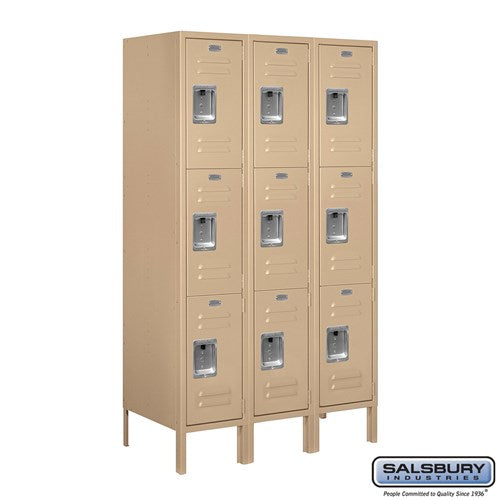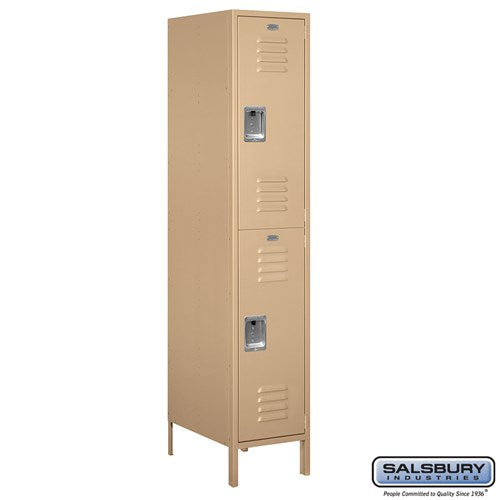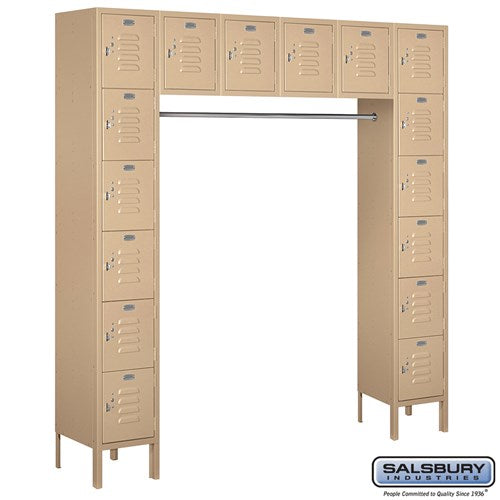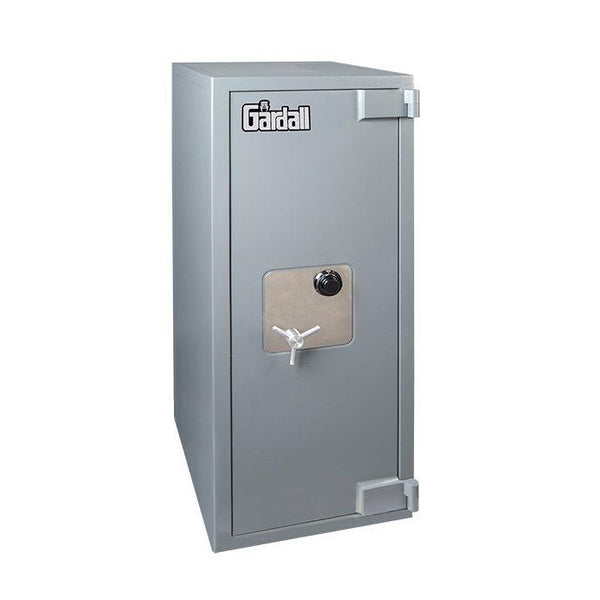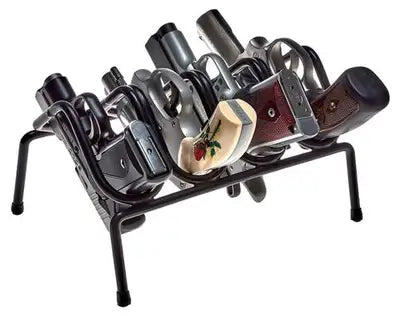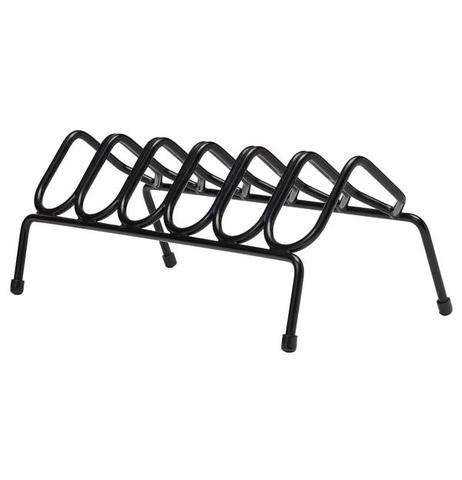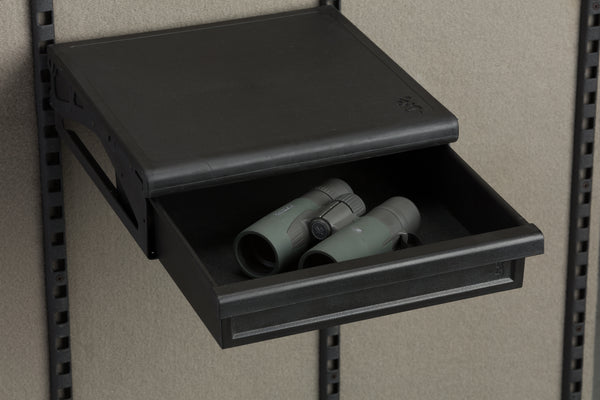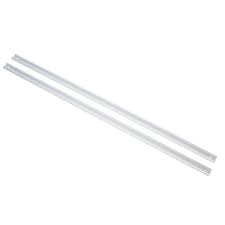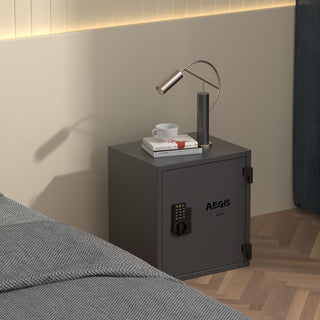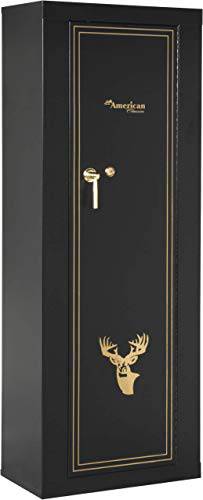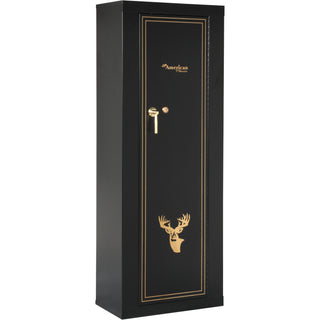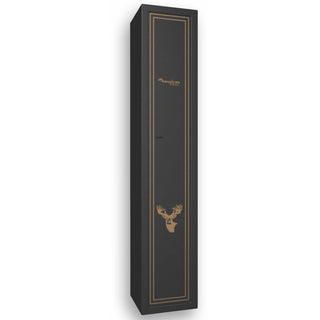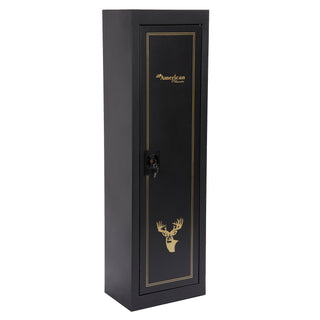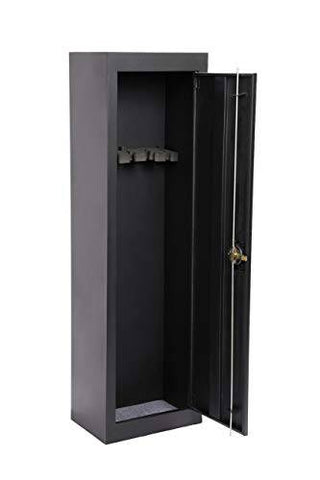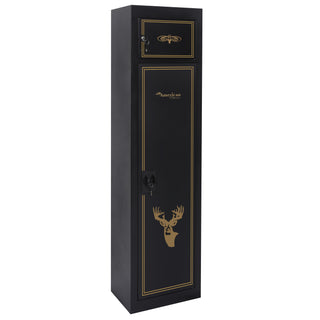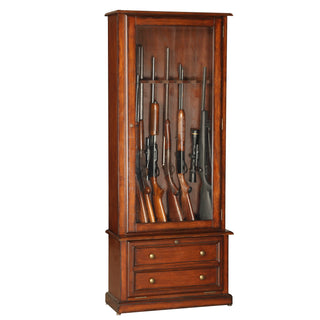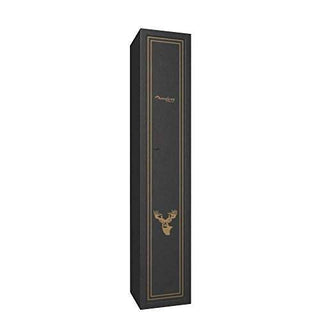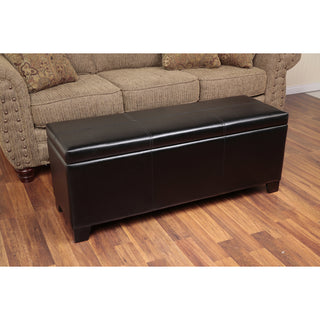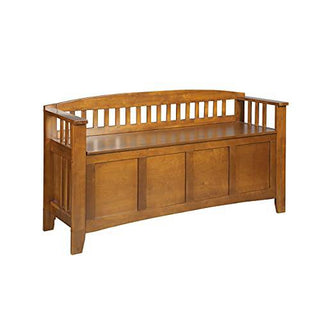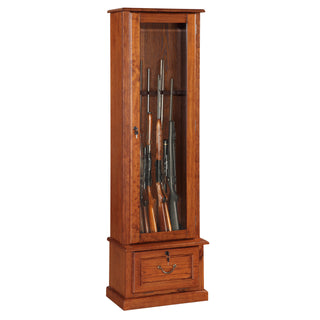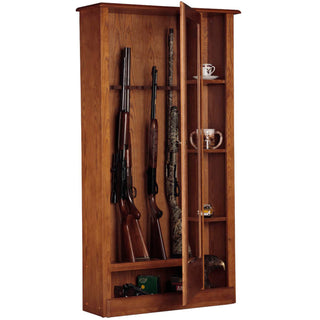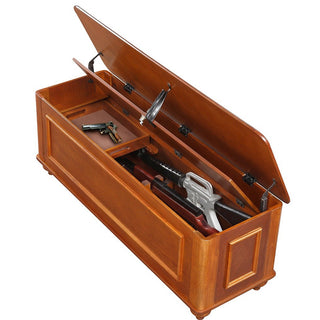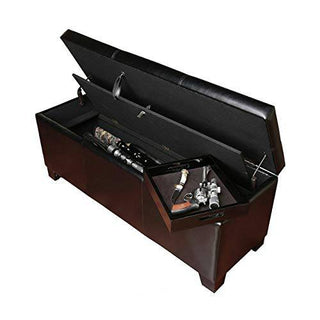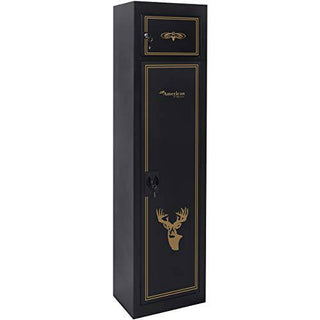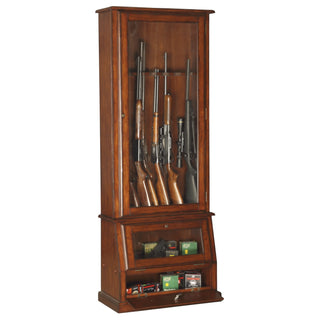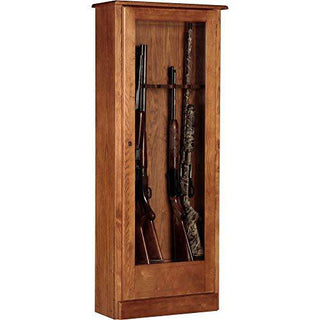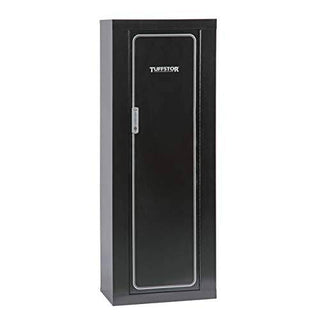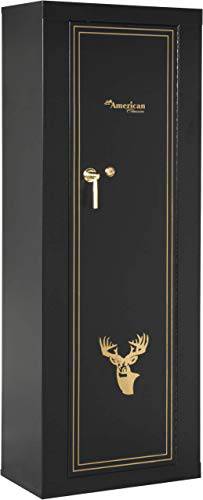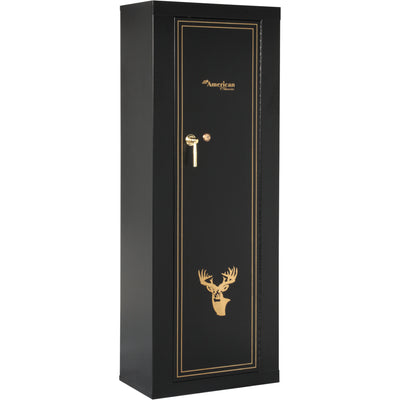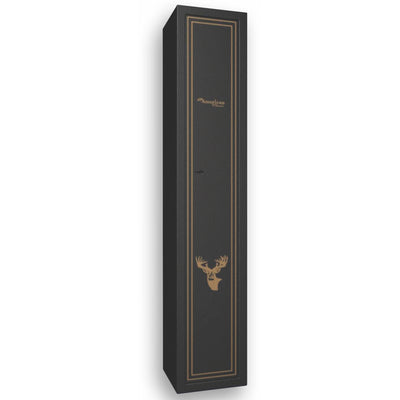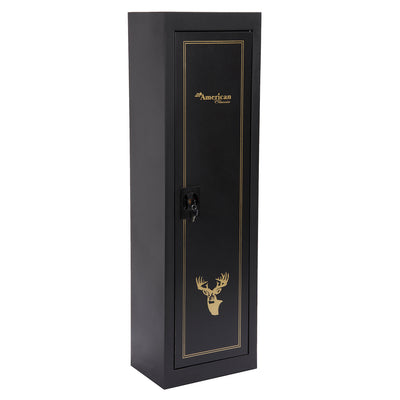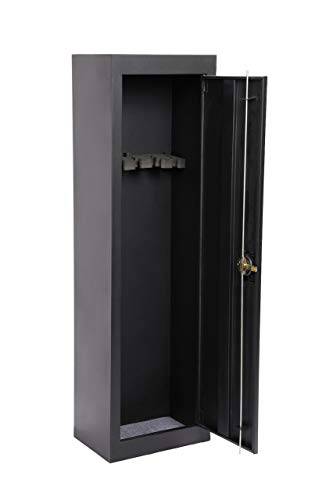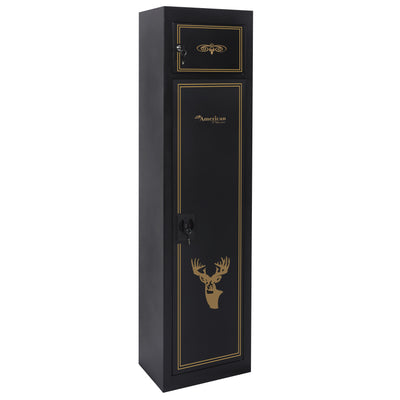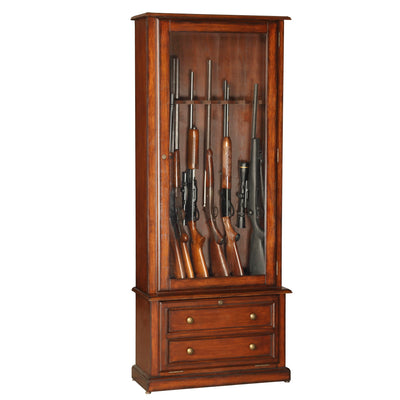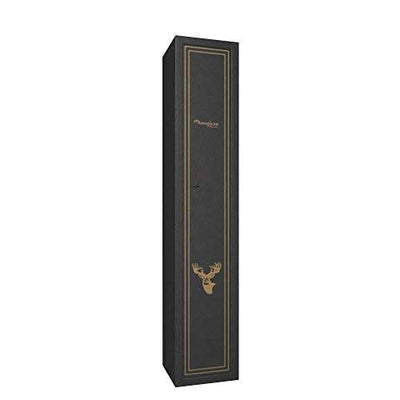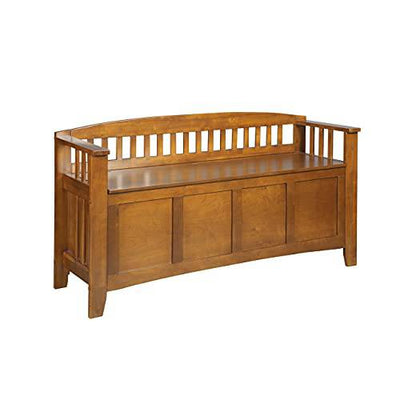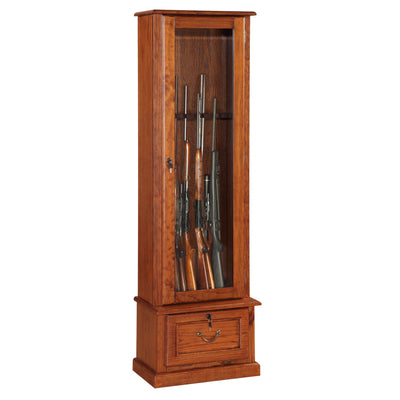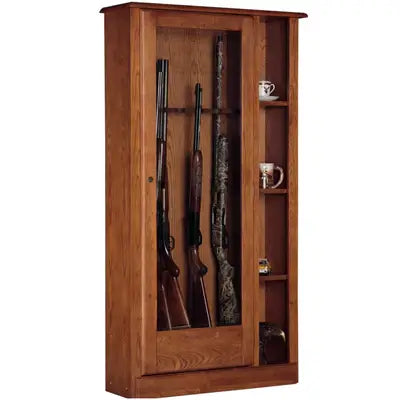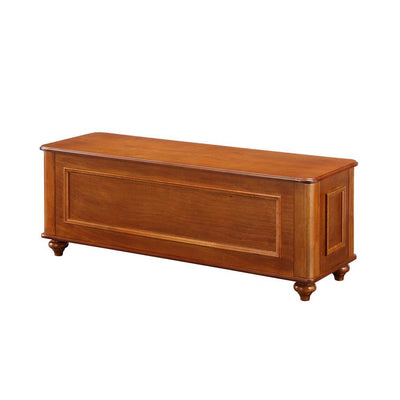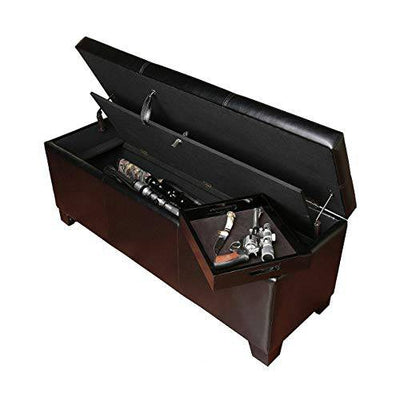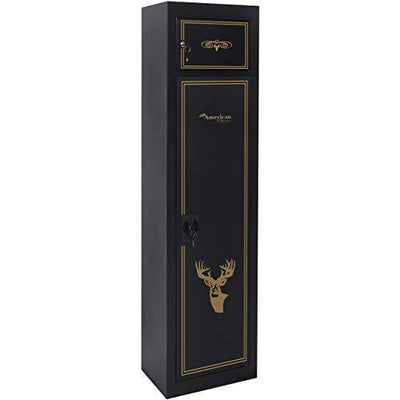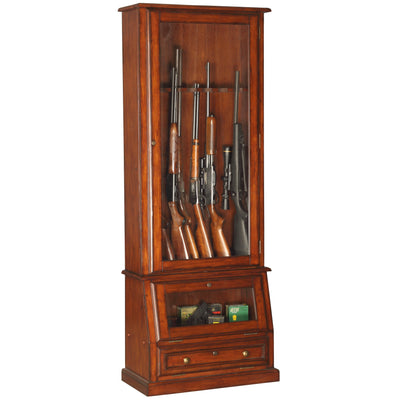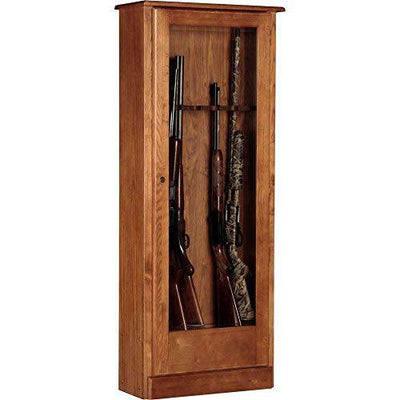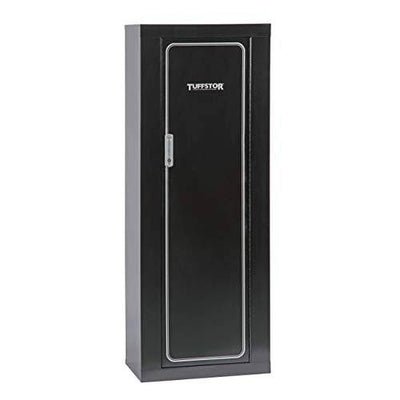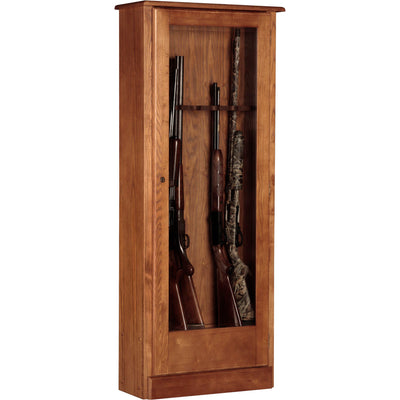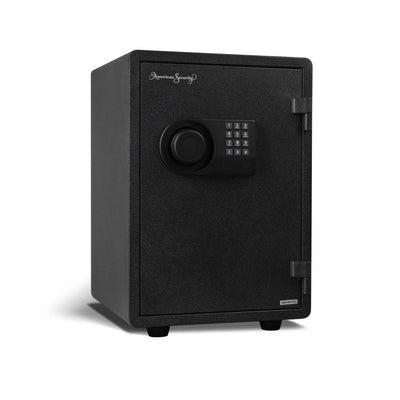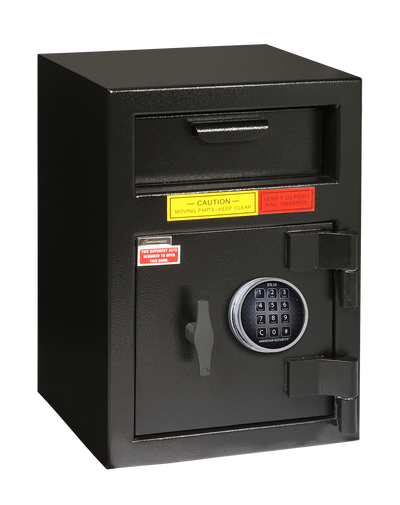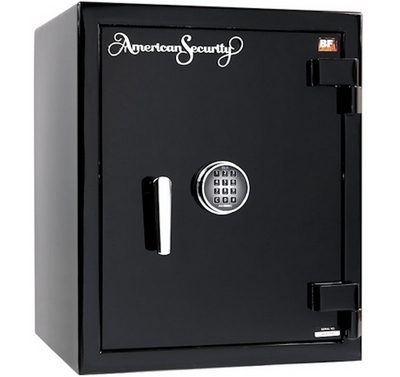
*This post contains affiliate links to products. We may receive a commission for purchases made through these links, but it never influences our product selection process.
Table of Contents
Introduction
Just as safes protect valuables from theft and fire, safe rooms, storm cellars, and tornado safe rooms protect your loved ones from severe weather; when I decided to install a safe room to protect the family, I had my doubts about whether a tornado room was safe and effective.
Many in the United States, especially those in “tornado alley” (Texas, Kansas, Ohio, Iowa, Nebraska), set up safe rooms because they think this is the best way to seek shelter from tornadoes. It left me wondering if safe rooms, panic rooms, tornado shelters, and tornado cellars were all the same!
A tornado is the deadliest of storms, one that can wipe out a whole town in minutes. And yet, some people refuse to leave their homes when a tornado approaches. Why? Maybe because they have a safe room built into their house, or perhaps because it feels safer inside than outside with all those flying objects whirling around. But how safe would your home be during one of these dangerous storms?
How Safe Are Tornado Rooms?
Before you decide to build a tornado room, determine the safety of the tornado room based on FEMA ratings. Sometimes, tornado rooms are not safe enough to offer protection from tornadoes, and they might be built without the FEMA guidelines in mind.
| Tornado Strength | Tornado Rating | Wind Speed |
|---|---|---|
| Weak | EF0, EF1 | Wind speeds of 65 to 100mph |
| Strong | EF2, EF3 | Wind speeds of 111 to 165mph |
| Violent | EF4, EF5 | Wind speeds of 166 to 200mph or more |

Their effectiveness largely depends on the intensity of the tornado they are designed to withstand. Although the strength of a tornado can be unpredictable, adhering to FEMA guidelines in constructing a tornado room significantly boosts its reliability. Following these guidelines ensures that the safe room is adequately equipped to handle a range of wind speeds and provide adequate protection based on its location.
Before building a tornado room, you should know what kind of tornado room or shelter you will be building.
What are the Types of Tornado Rooms?

What do you imagine when you want to build a tornado room? You may be thinking of building a tornado room in the house. This is not impossible because you can build a tornado room indoors or outdoors. In fact, there are three types of tornado rooms that you can build, such as:
-
Underground Tornado Room
Underground tornado rooms are built underground to protect you from the harsh wind and flying debris from tornadoes. This type of tornado room should be made with steel or steel or other reinforced materials.
-
Pre-Built Tornado Room
A pre-built tornado room is essentially a reinforced box designed to be placed inside your house. Typically constructed from steel for durability, it comfortably accommodates 2 to 4 persons, providing a sturdy shelter within your home environment
-
Home Tornado Rooms
Basically, it is similar to the prebuilt tornado room, where you can build a tornado room inside your house. It has compact sizes like storage or a closet made from steel with a special door.
How to Choose the Right Tornado Room?
So, which one do you have to choose between an underground tornado room, a pre-built tornado room, and an in-home tornado room? Well, you can choose one of the three types of tornado rooms. The underground tornado room may be safer, but it isn't easy to build. So, the best choice is the in-home tornado room or pre-built tornado room you can put inside your house. A storm cannot destroy a tornado room because it is very strong. If you do not have one, then think about it now and immediately get your tornado room before it occurs.
| Aspect | Description |
|---|---|
| FEMA Funding Criteria | Requires residential safe rooms to withstand 250 mph tornado wind speeds and undergo impact testing for this wind zone. For hurricane safe rooms, cyclic pressure testing should be based on hurricane loads determined using a 235 mph design wind speed. |
| Design Considerations | Safe rooms can be stand-alone or internal. They should be designed to provide protection from both tornadoes and hurricanes using the more conservative criteria. Retrofitting existing buildings should adhere to the same standards as new constructions. |
| Wind Load Design | Based on ASCE 7 with modifications by ICC 500. Safe rooms should be designed to resist higher wind speeds and wind-borne debris impacts compared to conventional buildings. External and internal structural elements must be designed to withstand these forces. |
FAQ Guide (What Readers Want to Know)
Will FEMA pay for ground storm shelters?
For people who live in areas that are likely to have storms, FEMA(Federal Emergency Management Agency) may give money to help pay for a ground safe room installation, underground shelters, or a ground storm shelter. They may do this through their Hazard Mitigation grant. Those who qualify can apply for up to 75% of the cost of a shelter or $4,000.
Where is the best place to put storm shelters?
Amidst the stormy season currently underway across the United States, we've witnessed the impact of Hurricane Harvey in Texas and the devastation caused by Irma in Florida. With the likelihood of more storms approaching, it's crucial to know the safest places to seek shelter in case a storm heads your way.
The best place to put storm shelters is ahead of time. Knowing what areas might be affected by hurricanes can help you prepare for them. Safe room VS. Storm Shelter - Find out which one is right for you
Do safe rooms work?
There is some data to show that safe rooms do work, but it is not a perfect solution. It needs to be a robust room made of solid material. The room should have no windows or other access points for people who may try to force entry. There needs to be ventilation and sanitation in the room. It also helps if there are shelves and storage for supplies, as well as emergency lighting. Finally, it can't hurt that the room is well-stocked with food and water.
What is the difference between a safe room and a storm shelter?
Safe rooms are intended to provide near absolute protection to occupants from both man-made and natural disasters, including tornadoes and terrorist attacks. This hardened structure is specifically designed to keep out firearms fire, forced entry, bomb blasts, and extreme weather events.
A tornado shelter is a safe place to go when you are in an area that could be affected by tornadoes. Tornadoes have the potential to cause devastating damage and can take many lives if people do not act quickly enough. There are some things that you should know about tornado shelters; there are different types of shelters, such as underground storm cellars or above-ground buildings with a basement. You will need to decide which type of shelter would work best for your home and family's needs.
How much does a tornado safe room cost?
The cost of installing this type of tornado shelter varies depending on what type of house it will be installed in and how big the house is, but generally speaking, a safe room costs between $5,000 and $40,000.
How do you make a tornado safe room?
A safe room is a place to go when a tornado strikes your home. You can have safe rooms installed for about $5,000, or you can hire a contractor to build one. A new CDC study shows that a safe room could save both lives and money since protecting yourself in the right shelter could prevent injury from flying debris and other forces of nature.
Conclusion
As I delved into understanding tornado rooms, one question kept echoing in my mind: just how safe is a tornado room? From what I've learned, these rooms are incredibly safe and effective for tornado protection. Their effectiveness does hinge on the specific tornado, but with a tornado room built to FEMA standards, you're in a far safer space than if you were hunkering down in your basement. During a tornado, these safe room shelters become a haven. Knowing that so many people across the US rely on these FEMA-rated rooms gives me confidence. They're not just a safety measure; they're a crucial part of home security during storm seasons. It's clear to me now – a well-built tornado room isn't just a good idea; it's a vital step in protecting what matters most









